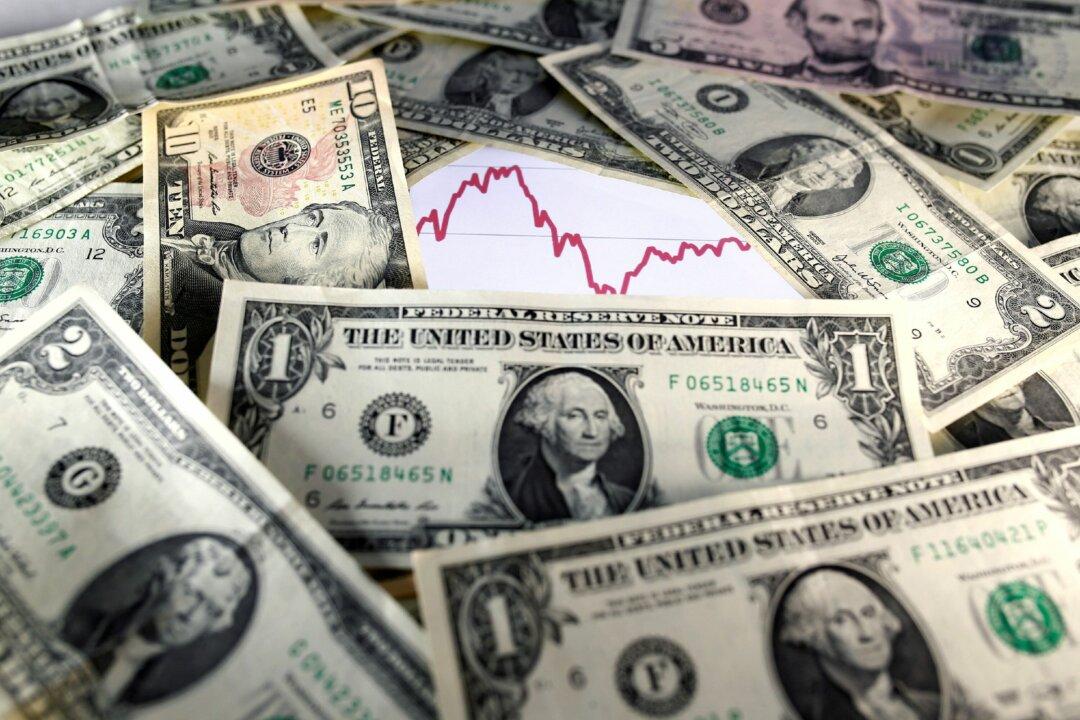LONDON—The dollar slipped on Friday after top U.S. power brokers including the government and banks threw a lifeline to a struggling regional lender to ease stress on the financial system, which returned some confidence to investors.
The rescue of First Republic Bank in the U.S. on Thursday boosted risk appetite globally on Friday as concerns about global banks eased, making way for surges in the Australian and New Zealand dollars.





